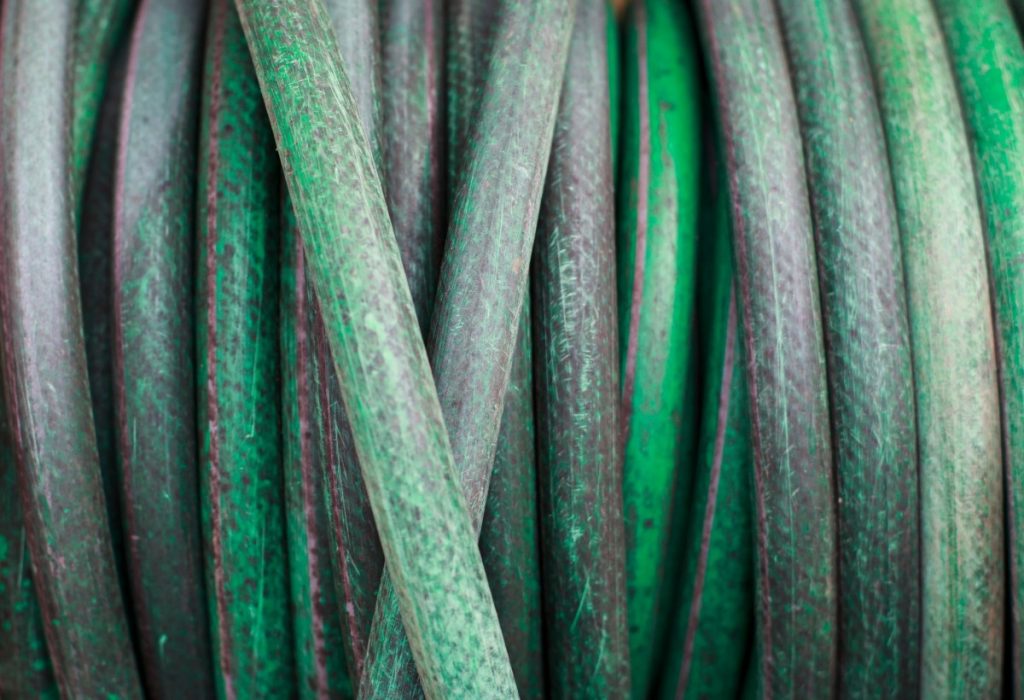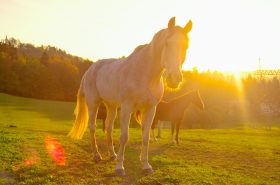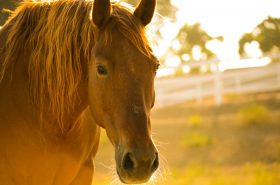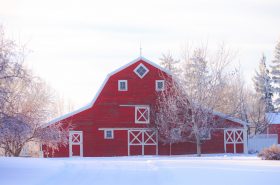Many equestrians live for the summer months; it brings longer days and warmer nights but with that comes the most dreaded insects of all time, flies! Flies are that annoying little creature that can cause much seeming healthy horse’s massive health issues; one being habronemiasis* or more commonly referred to as summer sores.
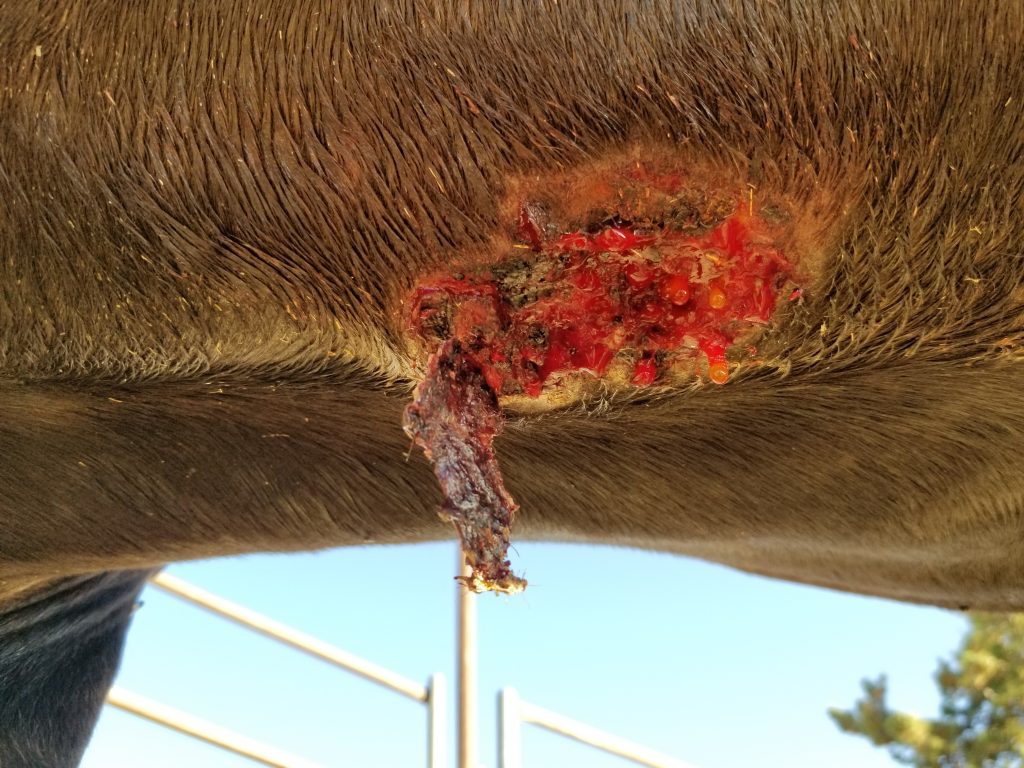
*According to Google the definition of habronemiasis is a parasite-caused skin condition that usually affects horses during the spring and summer months when fly activity is at its highest peak.
Dr. Tom Lenz describes summer sores as to “have a greasy appearance with blood-tinged fluid draining from them and often contain yellow or white calcified rice grain-like material”.
Living in Arizona our summers are excruciatingly hot in turn, the garden hose is our most favorite way to cool off after a ride or just bonding on a scorching summer afternoon. Two years ago, I owned a young, black gelding that had beautiful buckskin dapples that glimmered on his slick summer coat. This particular gelding loved being rinsed with cold water in the afternoons; it was a tradition to let him stand under the hose until he had cooled off enough to resume his normal afternoon ritual of standing under the shade tree until the sun set behind the mountains.
The thought of this seemingly harmless activity wreaking such havoc on him never crossed my mind.
I walked to our corral one afternoon to give him a good rinse only to notice that he had a baseball-sized lesion on his belly that was dripping fluid while being surrounded by flies. (I check my horses daily and this sore has appeared overnight). Upon further inspection, I noticed he was draining a blood-tinged, yellow discharge from this wound. The moment I saw his lesion I knew it was caused by me rinsing him daily and letting him air dry; I had given the flies a perfect breeding-ground to give him habronemiasis.
When a horse is completely drenched the water runs down to his underbelly and then drips onto the ground until the horse is completely dry; making the underbelly most susceptible place for summer sore. Horses can get habronemiasis anywhere on their body, but in this case, I know what caused this and why the location made sense.
If you find yourself dealing with habronemiasis this is the care plan I have found most useful in my experience:
1. Locate and assess the lesion.
If you are lucky you have caught the infection in a timely fashion and proud flesh has not yet had a chance to grow.
2. Grab the garden hose.
After locating the sore run cool, pressured water from the garden hose to clear out all dirt, hair, and debris. Not only does the running water flush the wound, but it also reduces swelling and pain. Once the infected area has been cleaned you will have a better look at what you are dealing with.
3. Flush with betadine antiseptic.
This is my go-to in all wound care. Pour a soft squeeze of betadine (a little goes a long way) in a squeeze bottle or something similar, dilute with water to fill the bottle, and flush the wound until the betadine is gone.
4. Dissolve Epsom salt in warm water and scrub the lesion.
Take a 1⁄4 cup of Epsom salt and let it dissolve in the warm water. Once it has dissolved, scrub the wound vigorously (I used a washcloth) to clean, dry and prevent the wound from growing proud flesh. It is important to state that you need to scrub until you get fresh blood dripping from the wound. Epsom salt is a natural alternative to antibiotic ointments, it can be bought in big bags, and the best part is that it’s budget-friendly. It’s another one that I always have on-hand!
5. Add a drawing salve.
This will help pull the infection out, keep it draining, and also form a barrier between the wound and flies.
6. Fly spray the sore.
Now that it has been flushed with water, betadine, and scrubbed with Epsom salt, it’s time to keep the pesky flies off of it! Spray the wound, around the wound, and the entire horse!
7. Worm the horse.
I suggest using moxidectin or ivermectin to kill the parasites living in the stomach; worm systematically so your horse is fully protected.
For best results repeat this process between three to five times a day and until the sore is fully healed; beware it is a slow healing infection. If it is not healed properly, the swelling will subside during the cooler months and you may think it’s beginning to heal but it will erupt with vengeance again during the following spring and summer months.
It is important to consult your veterinarian if you have any growing concerns.
At the time of him acquiring habronemiasis, he was in the process of being sold. I had explained to the soon-to-be new owner his condition and his healing was contingent on his selling. With this care plan, he healed with minimal to no scarring, no proud flesh, or remaining infection.
If you have experience with habronemiasis I would love to hear your plan of attack on the subject. Feel free to comment on this article or reach out to me on my personal Instagram @unbridledmama.
**
Emily Griffin is a mama to two stunning daughters, a wife to her hunky husband, and an Arizona native. She resides in a very small town in Southeastern, Arizona. Her days consists of homeschooling, horses, and balancing the fine line between motherhood and insanity. She definitely appreciate the outdoors, the smell of wet dirt, and the lovely sunsets the Arizona deserts have to offer. Her life is chaotic between the girls, one kitty, two dogs, and four horses but She wouldn’t have it any other way!

